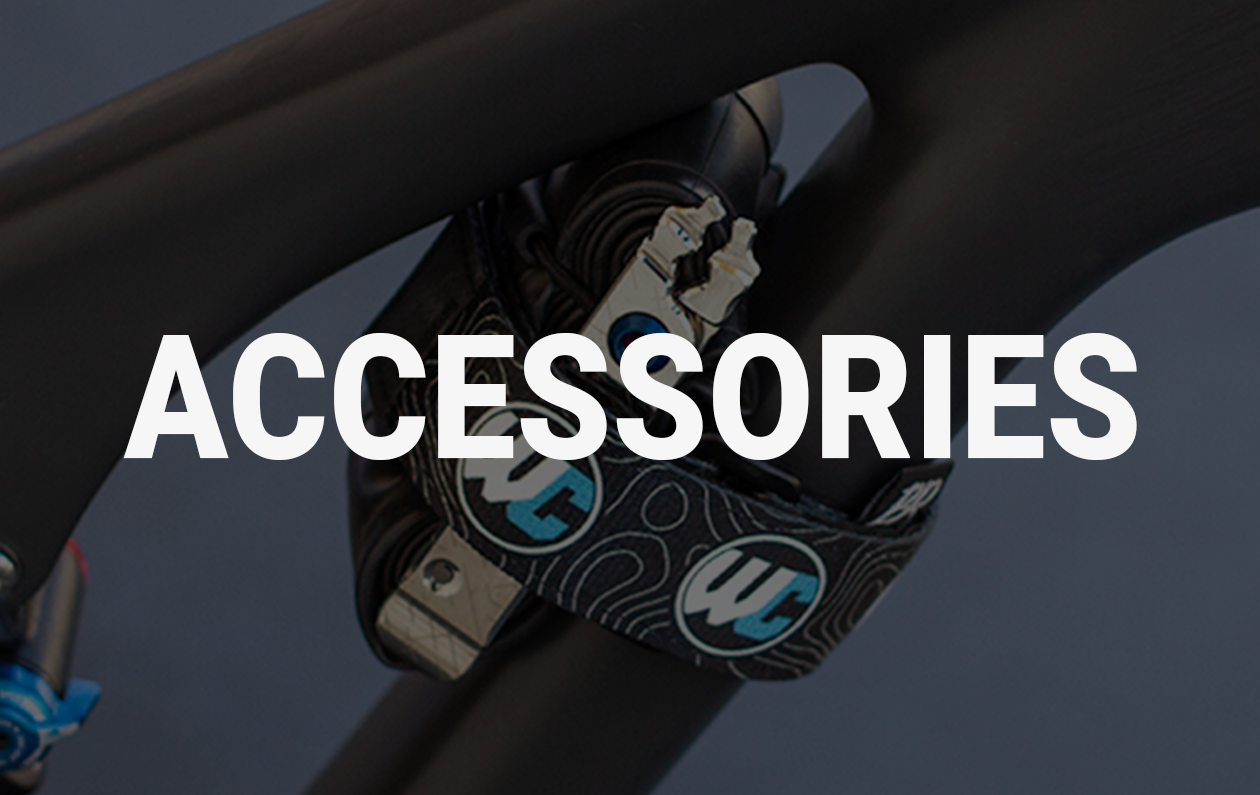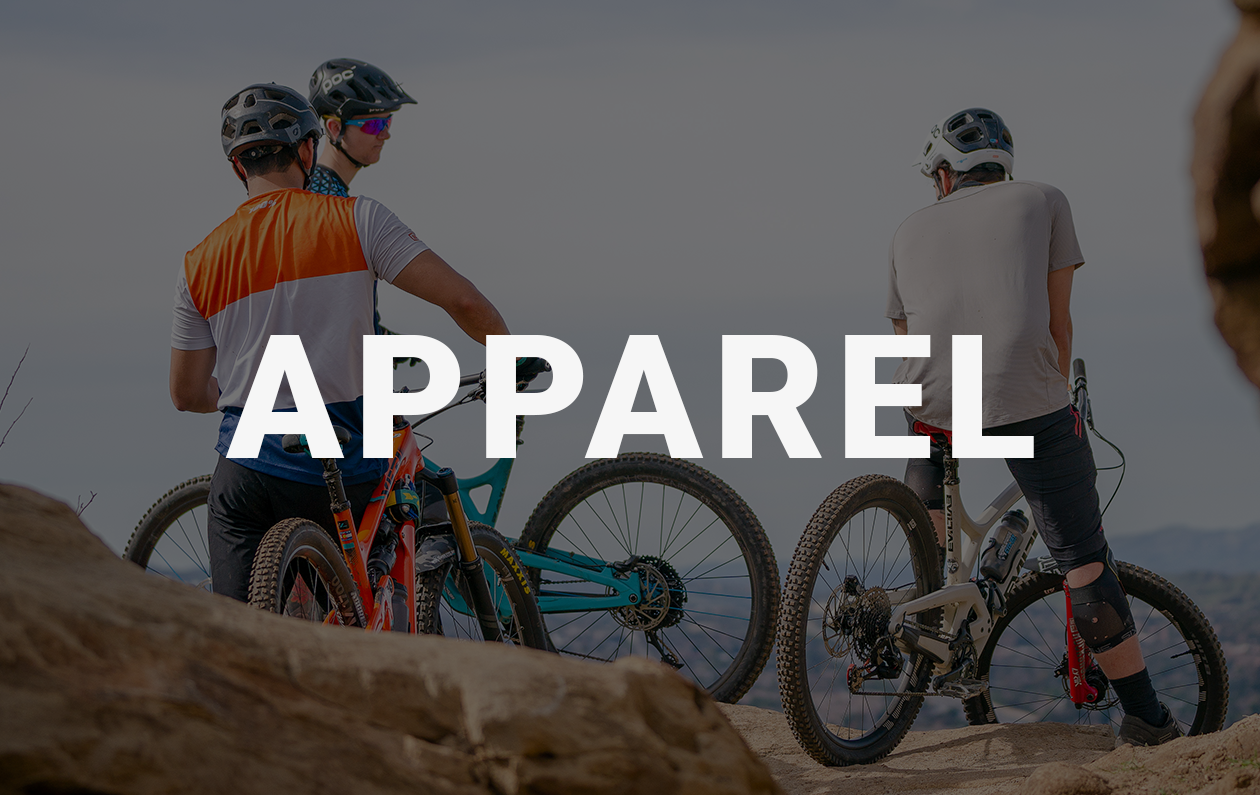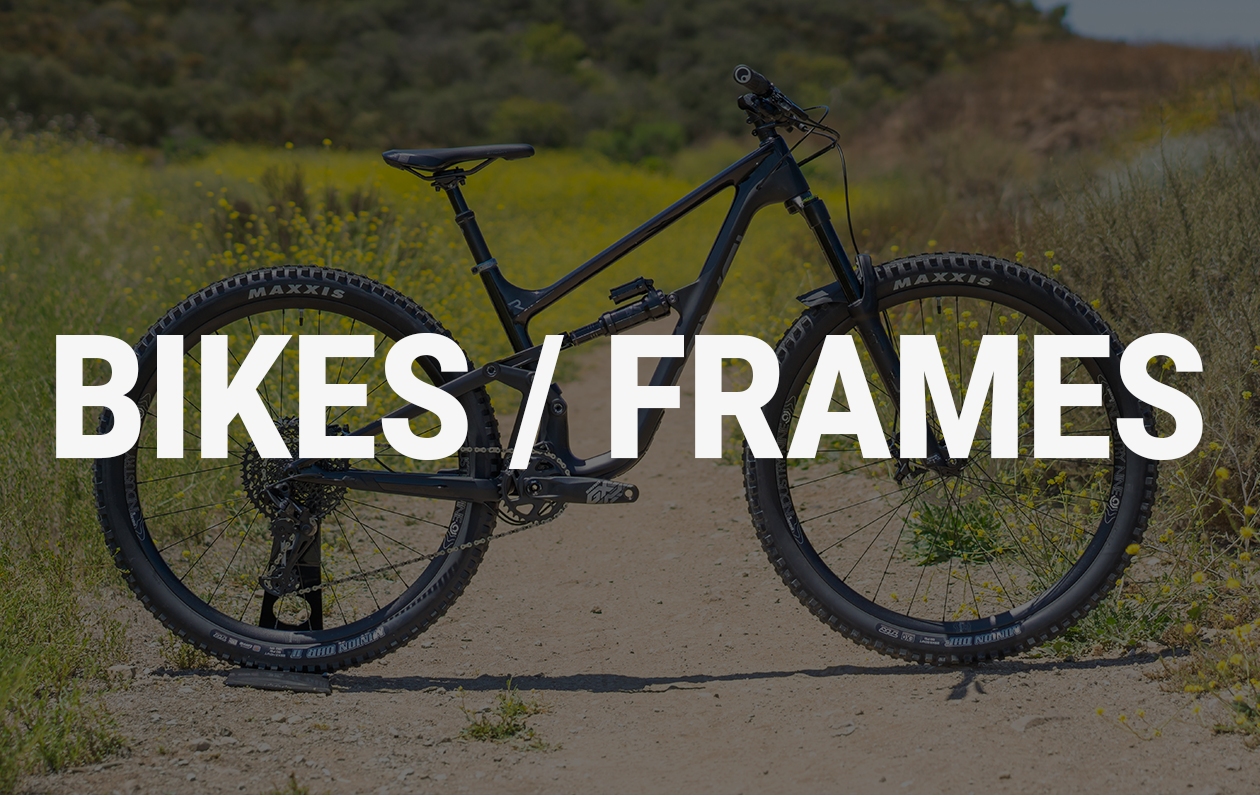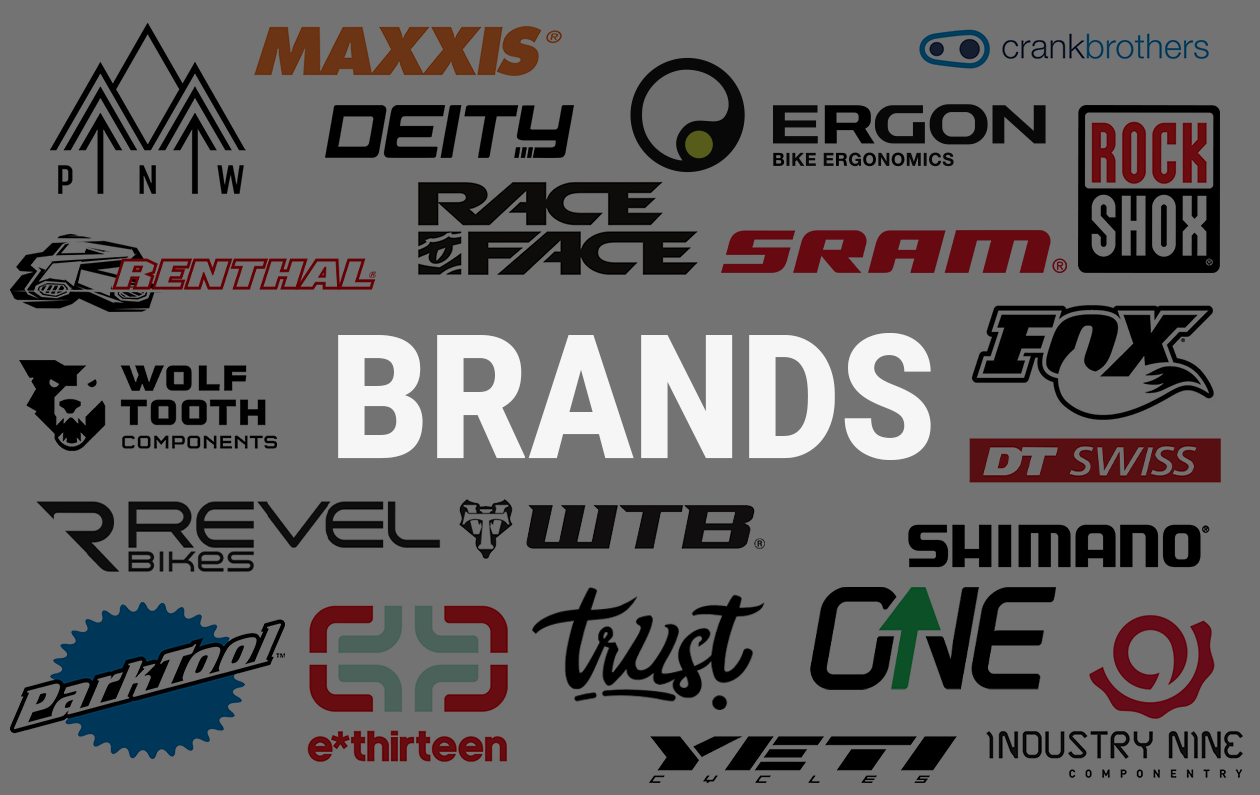- Continue Shopping
- Your Cart is Empty
How To: Cutting the Steerer Tube on Your New Fork
Whether you are building a new custom bike or just upgrading the fork on your mountain bike, you only get one shot at cutting your steerer tube. When you buy a new fork, the steerer tube comes excessively long to allow for different head tube lengths and stem configurations. We will be working on a 2020 Santa Cruz Hightower and mounting up a Fox 36 Grip2 fork. Follow step by step to make sure you get your steerer cut to the proper length.

What Tools Do We Need?
There are a few different ways to cut your steerer tube. You can use a hack saw and Park Tool SG-6 saw guide for a clean and straight cut. Because of the tools we have here and what more people might have available to them, we are going to be using a pipe cutter and inner and outer reaming tool to get the job done.
- Pipe cutter from your local hardware store
- Inner and outer reaming tool
- Flat file
- Star nut setter
- Hex key set
- Crown race setter if necessary
- Straight or angled pick

1. Set Crown Race
Before we start to do any cutting, we will mock everything up to make sure the steerer tube doesn't end up too short. To do that, we can go ahead and set the crown race in to place. The crown race is pressed on to base of the steerer tube and is what makes contact with the bottom headset bearing.
Here we are installing a Fox 36 fork on to a Santa Cruz Hightower using a Cane Creek 110 Series headset. The crown race on 110 headset needs to be pressed on and not just slid on so we will be tapping it in to place with a plastic mallet.

2. Assemble Headset
Make sure that your headset cups are pressed in to place. This particular bike uses an integrated headset and so the bearings drop directly in to the frame. Get the headset ready to go and have the necessary stem spacers close by.

3. Test Fit Fork
Now it's time to slide the fork through the headtube and headset. The reason to test fit the fork is so you know exactly where to cut the steerer tube. For most all bikes, it's best to use a minimum of 30mm of headset spacers to allow you to adjust the handlebar height on your bike. For this setup, I will be using three 10mm spacers and two 5mm spacers. Once the fork is slid in to the frame and dust cap of the headset has been installed, I will slide one 5mm spacer and two of the 10mm headset spacers on the steerer tube. Next, slide the stem on to the steerer tube and then one 10mm spacer on top of the stem. This is just a guess as to where I will like the height of my stem and handlebars to be. With 30mm of adjustment, there is plenty of room to make adjustments after riding the bike for the first time.

4. Mark the Steerer Tube to be Cut
Now that we have an idea as to where the top cap is going to sit, I'm going to remove the 10mm spacer off the top and mark the steerer tube with a pick to be cut. Notice that I removed the 10mm spacer on top of the stem and slid a 5mm spacer in it's place. It's important that the steerer tube is cut at least 5mm shorter than the top of the highest headset spacer. Now my scratch mark will be 5mm below the top of where the 10mm stem spacer was originally placed.

5. Cut Steerer Tube
First remove the fork from the frame and set the headset spacers and dust cap to the side. Grab the pipe cutter and cut the steerer tube on the line you just marked. Take your time and work your way around with the pipe cutter.

6. File and Ream The Steerer Tube's Cut Edge
After you cut the steerer tube, use the flat file and clean up the raw cut edge. If you have an inner and outer reaming tool, now is the time to clean up all of the edges of the steerer tube. We like to call the the inner and outer reaming tool a monkey in the barrel tool for obvious reasons. If you don't have one, deburr the steerer tube as best as possible with a flat file.

7. Set The Star Nut
Grab your star nut and thread it on to the bottom of the star nut setter. Then hold the star nut and tool on top of the steerer tube and hammer it in to place. Set the star nut depth until the Park Tool TNS-4 bottoms out.

8. Install The Fork
Now we can go ahead and install the fork in to the frame for the final time. Be sure to grease the crown race, both headset bearings, and the underside of the dust cap before you assemble the headset. Slide the fork through the headset and frame, slide on the dust cap, slide on the stem spacers, and then slip the stem in to place. Tighten the top cap bolt and top cap and you will be ready to go!


About Me
 Max Morgan is 27 years old, and lives in Brevard, North Carolina. Max grew up in Atlanta, Georgia and started racing downhill at the age of 15. He has now been racing professionally for the last 9 years, competing in the UCI World Cup series and U.S. Pro GRT series. To learn more about Max, check out Max's rider spotlight here!
Max Morgan is 27 years old, and lives in Brevard, North Carolina. Max grew up in Atlanta, Georgia and started racing downhill at the age of 15. He has now been racing professionally for the last 9 years, competing in the UCI World Cup series and U.S. Pro GRT series. To learn more about Max, check out Max's rider spotlight here!
Instagram: @mxmorgan77












